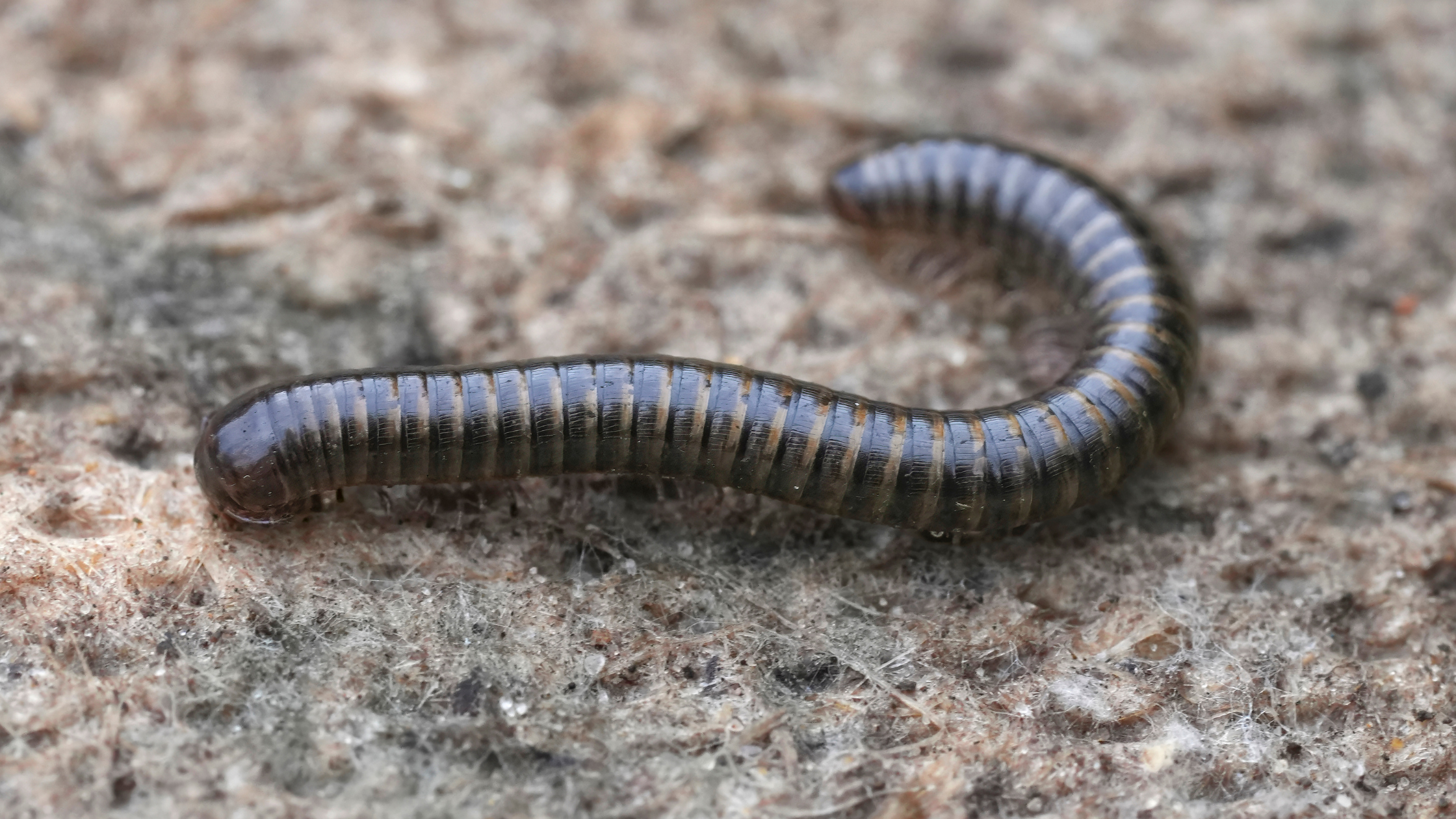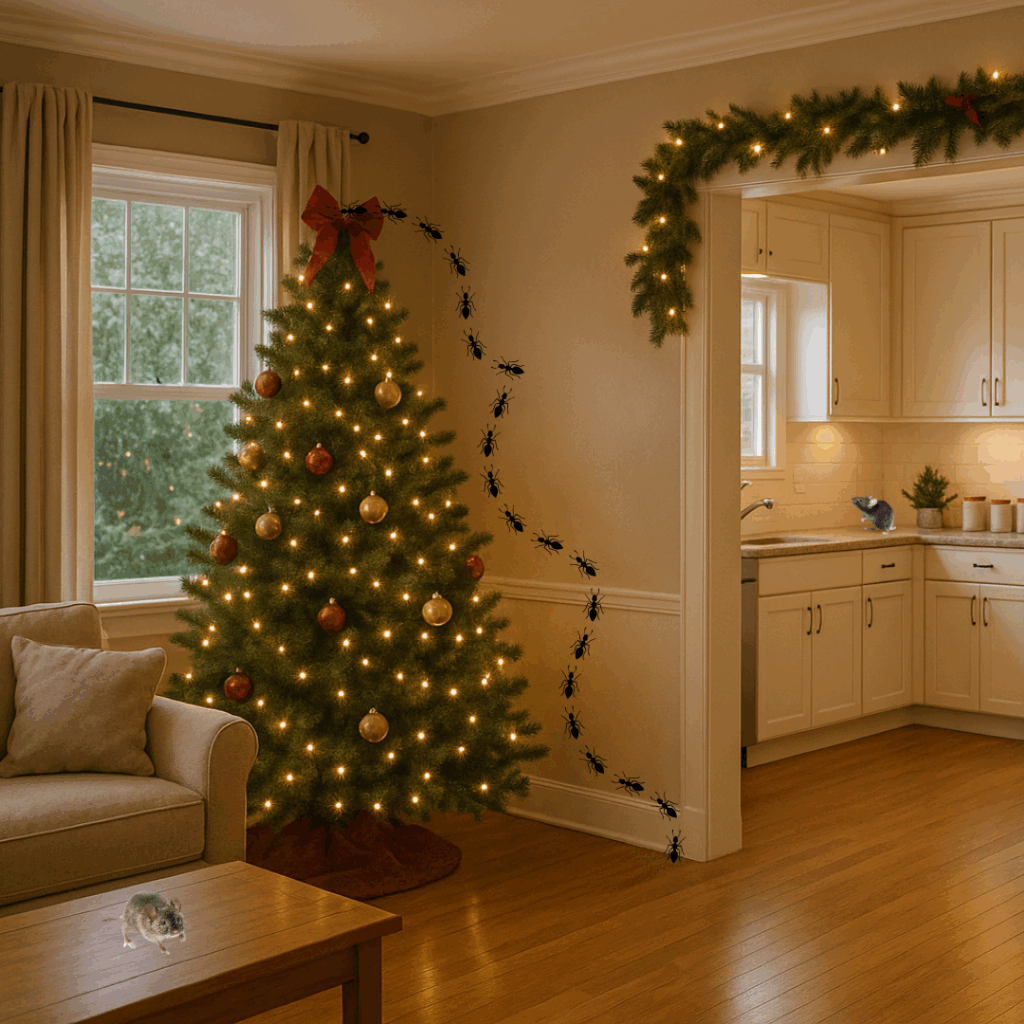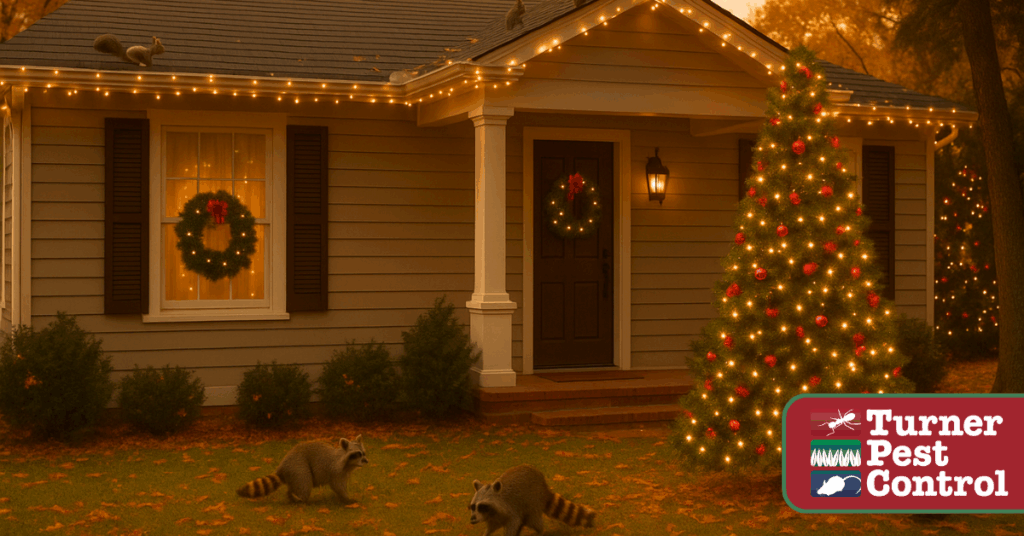
Why Millipedes Surge in Florida’s Fall Season
Millipede migrations are predictable—and preventable. In Florida’s damp seasons and cooler nights, commercial facilities often see spikes in millipede activity around ground-level entries, walkways, and well-lit façades. Millipede control for Florida commercial properties isn’t just about appearance—it’s about reducing complaints, safety hazards, and pest-related service interruptions.
The most effective response? Focus on what you can control. Moisture, lighting, and physical access are the key areas to control. With a few targeted adjustments—and a regular, preventive service plan—you can reduce millipede activity at entrances and cut down on cleanups.
This playbook shows exactly where to focus and how to strengthen your site against seasonal surges, starting today.
Why Millipede Control Is Critical for Florida Commercial Facilities and Properties
Millipedes live in damp areas like mulch, soil, and leaf litter. After rain or during cooler nights, they often move across hard surfaces and gather where exterior lighting is strongest—especially near doors, walls, and entry points. Even small gaps under doors can let them inside lobbies and hallways.
The good news: this activity is predictable. With a few smart adjustments to moisture, lighting, and entry conditions, you can reduce sightings fast and prevent them from becoming a recurring issue.
Millipede Prevention for Commercial Buildings: Where to Start
Focus your millipede control efforts on these key areas, where moisture, lighting, and access combine to create the biggest risk:
- Main entrances and lobby thresholds: Bright lighting meets heavy foot traffic here, attracting millipedes. Check door seals and thresholds for gaps.
- Stair towers and parking garage doors: These spots often hold moisture and evening light—prime conditions for millipede activity.
- Landscape transitions: Areas where mulch meets sidewalks or building bases can become travel routes. Maintain clean gaps and avoid piling mulch against structures.
In hospitality environments, add these to your checklist:
-
Porte-cochère, guest walkways, and lobby doors with decorative lighting spilling onto thresholds.
-
Pool restrooms, housekeeping closets, and back-of-house corridors prone to humidity and poor sealing.
Healthcare facilities should focus on these areas to protect patient flow and minimize unscheduled environmental-services interventions:
-
Patient and visitor entrances with long lighting cycles.
-
Ambulance bays that combine moisture and light.
-
Mechanical rooms, loading docks, and waste areas that trap water.
Start your prevention work here. These spots are the most common entry points and the best places to stop millipedes before they get inside.
Commercial Millipede Control: Moisture, Lighting, and Landscape Fixes
Focus on these key areas to cut millipede activity fast:
Moisture Control:
- Eliminate standing water near entrances by redirecting downspouts and splash blocks.
- Keep mats tight to thresholds during rain; squeegee floors to prevent tracking inside.
- Dehumidify mechanical rooms and closets that trap condensation.
- Inspect and repair door seals to close gaps.
Lighting Adjustments:
- Redirect or shield exterior lights to reduce spill onto doorways.
- Use timers or motion sensors for non-essential lights.
- Replace bright, cool bulbs near entries with warmer lighting.
Landscape Management:
- Maintain a gap between mulch or groundcover and building edges.
- Avoid piling mulch against door frames, vents, or utility penetrations.
- Remove leaf litter along building bases to reduce moisture and shelter.
Need help prioritizing? We provide expert advice on sealing and landscape strategies (irrigation checks are not included).
Millipede Exclusion Checklist for Florida Businesses
A single walk-through can identify and fix most entry vulnerabilities. Focus on these items:
Doors & Thresholds:
- Replace worn door sweeps and weatherstripping—no daylight should show under doors.
- Confirm thresholds sit level and fit tightly.
- Add brush strips on high-traffic service doors if needed.
Sealing & Exclusion:
- Seal slab edges, façade bases, and expansion joints with appropriate exterior-grade sealant.
- Caulk around cable, conduit, and utility penetrations; add escutcheons where needed.
- Where code allows, screen or baffle vents and weeps—without blocking airflow or drainage.
Back-of-House Doors & Waste Areas:
- Tighten gaskets and auto-closers on trash, linen, and service room doors.
- Adjust lighting near back doors to reduce spill across thresholds.
Documentation:
- Take quick before-and-after photos of each fix.
- Start with your top three entrances—most facilities see a drop in activity within days.
Seasonal Millipede Control Strategy for Florida Facilities
Stay ahead of seasonal millipede activity with a clear inspection and service rhythm:
Before peak season:
- Schedule a full exterior inspection.
- Set a sealing and lighting adjustment plan.
- Verify timer settings for exterior lights.
During active periods (wet weather + cooler nights):
- Monitor high-risk entries, lighting clusters, and past complaint zones.
- Re-check door sweeps after heavy foot traffic or weather events.
- Respond quickly to sightings and perform touch-ups as needed.
As activity tapers:
- Review what worked and update your sealing priorities.
- Confirm winter lighting schedules.
- Save notes and photos in your pest management records for audit compliance.
Rolling these steps into your existing Pest Management Plan keeps your team aligned, your facility protected and a system of record for compliance and audits.
Millipede FAQs: What You Need to Know
Are millipedes harmful?
No—they’re not dangerous, but they are a nuisance. The goal is to block access and reduce cleanups.
Will spraying alone solve the problem?
No. Physical exclusion, moisture control, and lighting adjustments do the heavy lifting. Targeted treatments can support, but not replace, this strategy.
How soon will I see results?
Most high-traffic entries see reduced activity within days of sealing and lighting changes, with results compounding throughout the season.
Get a facility walk-through
If sightings have started—or you want to stay ahead—our commercial pest control experts can complete a quick exterior and entry assessment, provide photo-documented recommendations, and execute a prioritized sealing plan tailored to your site.



